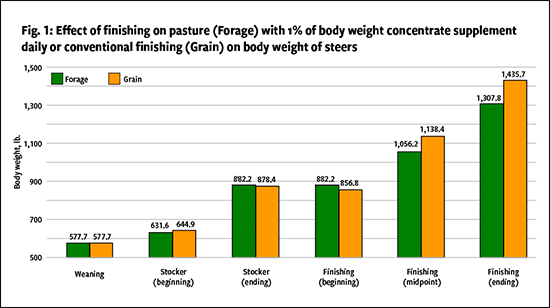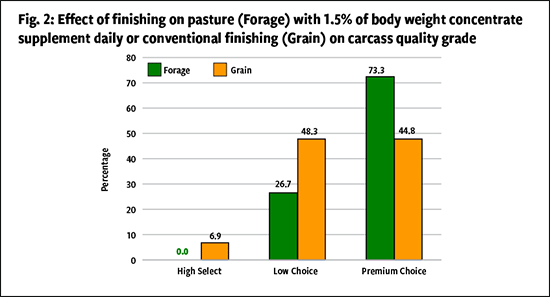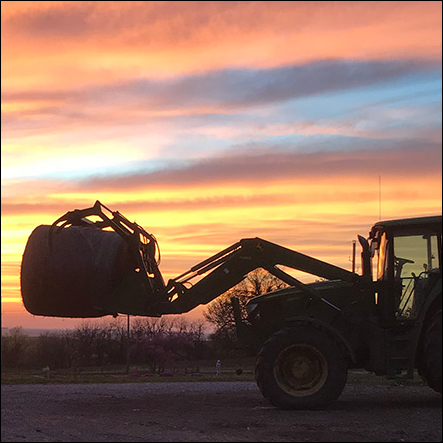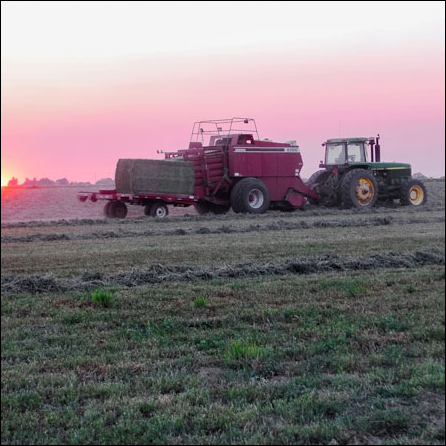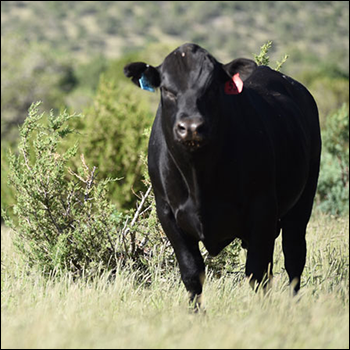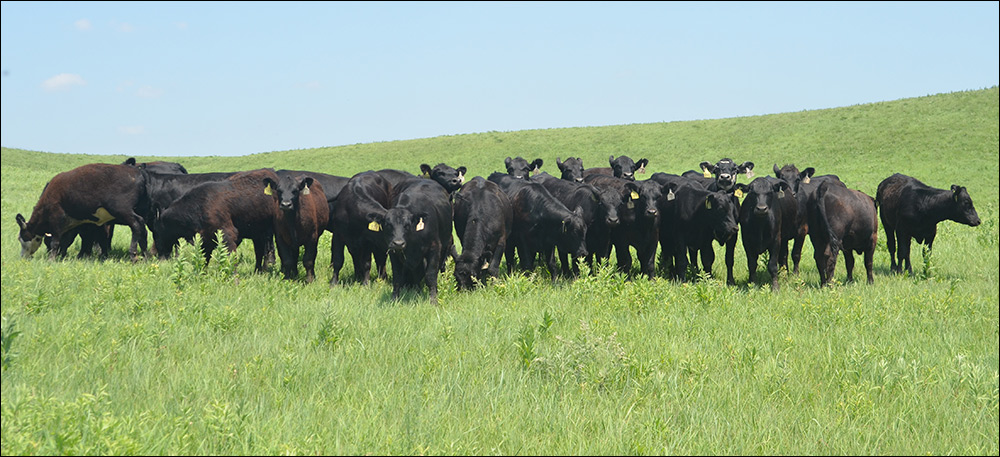
Finishing Beef Calves On-Farm
Research shared on carcass quality from different types of finishing.
Rural landowners are often interested in raising livestock to slaughter for personal consumption, local marketing or for normal commodity markets. There are several options producers can use to finish cattle, ranging from finishing completely on forages to conventional drylot programs using high-concentrate diets. Hybrid systems have been studied as an alternative to high-concentrate total mixed rations (TMRs) fed in confinement. These systems use the roughage supplied by pasture along with additional energy from supplemental concentrates. They may not meet the requirements for “grass-fed beef” claims by the USDA, but they do provide free-choice access to pasture.
An alternative finishing system
I conducted research with Jason Apple, a meat scientist at Texas A&M Kingsville, to compare conventional finishing at a High Plains feedyard to the hybrid “grain-on-grass” system. In the first trial, calves from spring- or fall-calving herds were either sent to a Texas Panhandle feedyard for finishing as yearlings following a stocker program, or they were kept at the home operation and supplemented with 1% of body weight per head per day with a grain/grain byproduct supplement until slaughter.
Steers finished conventionally in confinement gained 4.4 pounds (lb.) per day, while steers fed concentrate supplement on pasture gained 2.5 lb. per day. Although the finishing period on pasture was 30 days longer on the average, steers finished in the conventional feedlot were 128 pounds heavier at slaughter and dressing percentage was higher at 62.5% vs 60.6% for conventional and pasture, respectively. Conventionally finished cattle were 86% Choice, while pasture-finished were 78% Select quality grade.
In the next trial, 60 calves were either finished in a conventional Texas Panhandle feedyard or kept on pasture with a grain/grain byproduct concentrate supplement fed at 1.5% of body weight daily. Steers finished on pasture with supplement gained 3.6 lb. per day (vs. 4 lb. per day for conventional) and were fed 40 days longer than conventional steers. Again, they were still 40 lb. lighter at slaughter.
However, hot carcass weights (836 lb. for pasture vs. 854 lb. for conventional) were not as affected as in the previous study, fat thickness was similar for the two treatments [0.62 inches (in.) for pasture vs. 0.52 in. for conventionally finished] and dressing percentage was likewise similar (63% for pasture and 62.5% for conventional).
In this experiment the cattle finished on pasture with supplement were 100% Choice with 73% being Premium Choice, while the conventional steers were 93% Choice with 45% being Premium Choice. This research indicates that acceptable carcass performance can be obtained with limited energy supplementation on pasture.
There are several items that producers should be aware of and be able to communicate to consumers if selling directly.
- The amount of retail cuts coming from a finished calf depends on the animal’s frame, muscling, skeletal structure, fat cover and gut fill.
- The conversion of live animal depends on dressing percent (the amount of carcass per pound of shrunk live weight). In grain-finished calves this ranges from 58% (usually dairy calves) to 66% (highly finished heavyweight beef steers), but in forage-finished calves this can be much lower, usually due to gut fill and lower fat cover.
- Rule of thumb: On a well-finished calf (0.6 in. of backfat at the 12th rib), you can expect red meat yield to be about 50% of the shrunk live weight of the animal (empty of gut fill).
- A tool to estimate red meat yield from a carcass is the Beef Cutout Calculator. The user must be aware that this is based on the average grain-finished carcasses, and differences in finishing system will affect your results.
In summary, finishing cattle on-farm can be an economical enterprise to add value to cattle. Finishing systems are not one size fits all and should be tailored to fit the producer’s production goals, target market and management expertise. For more information about on-farm finishing programs, look at our new Fact Sheet AFS-3303: “Finishing Beef Cattle On the Farm.”
Editor’s note: Paul Beck is a beef cattle nutrition specialist for Oklahoma State University Extension. This article is reprinted with permission from the April 26, 2021, edition of the Cow-Calf Corner newsletter. Photo by Kasey Brown.
